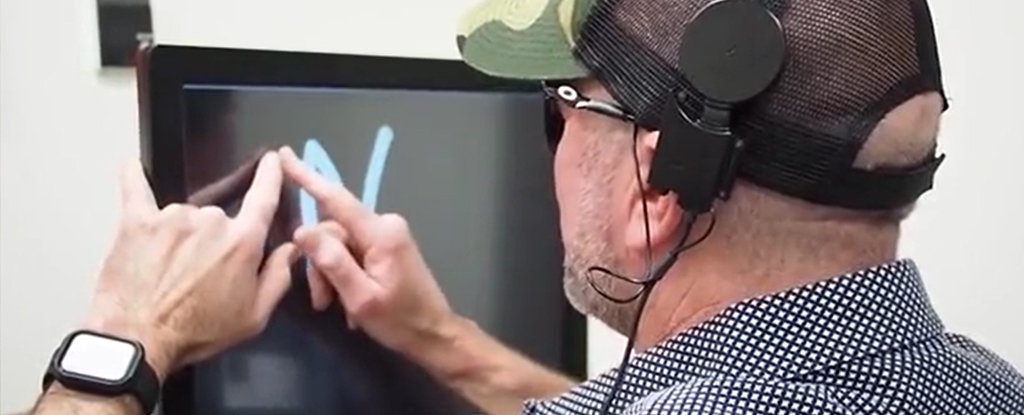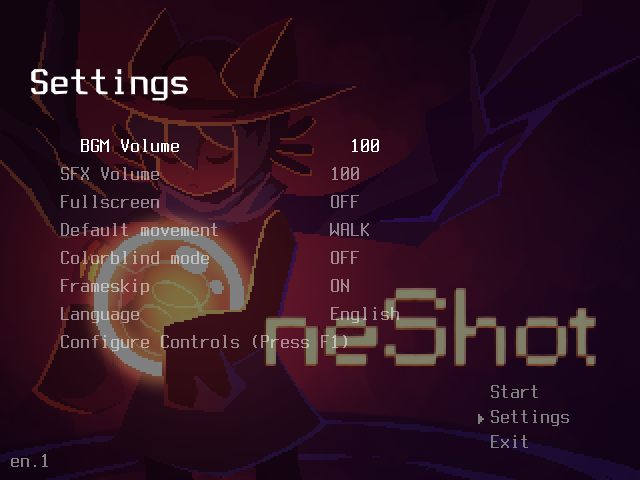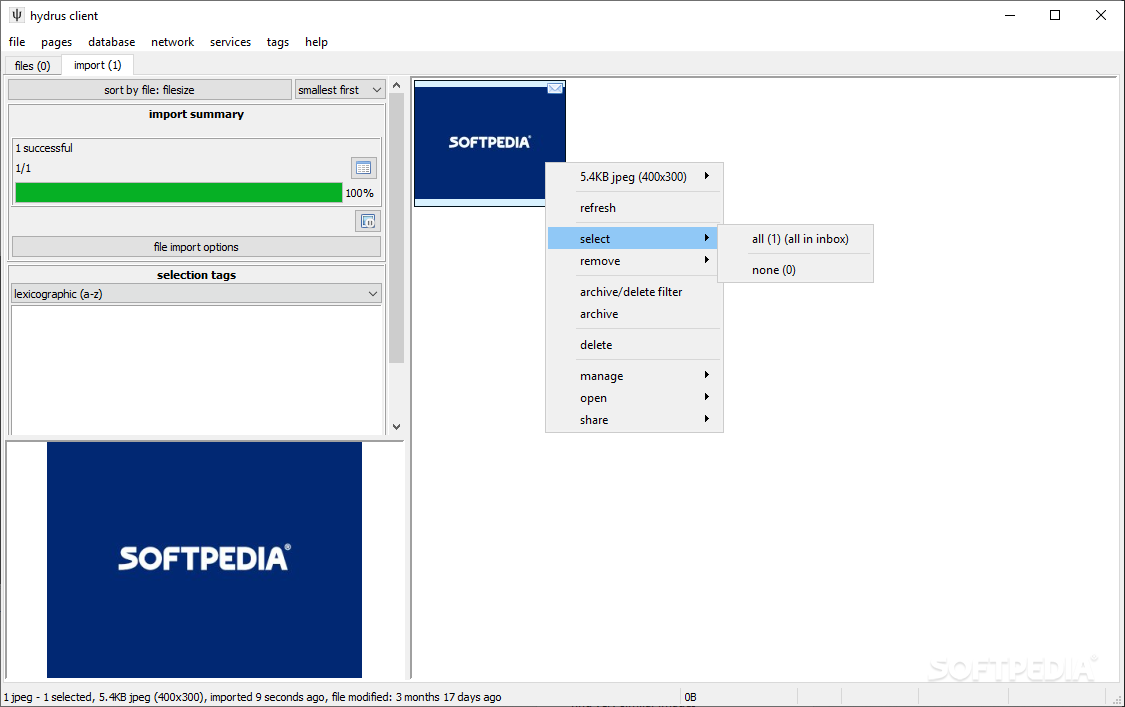
A team of scientists from Baylor College of Medicine in Houston has developed a brain implant that allows blind and sighted participants to "see" the shape of the letters.
As detailed in a new paper published in the magazine CellThe device works by jumping out of the eye and transmitting visual information from a camera directly to the electrodes implanted in the brain.
This is a step towards a "visual prosthesis" that would allow the blind to regain full vision, although this device is likely to remain in place for many years to come.
However, what the researchers created is remarkable: the participants were able to "see" the contours of the shapes, thanks to complex sequences of electrical impulses sent to their brains.
"When we used electrical stimulation to dynamically trace letters directly into the patients' brains, they were able to" see "the shapes of the letters they wanted and were able to correctly identify the different letters," said lead author Daniel. Yoshor of Baylor College of Medicine in Houston in A declaration
.
"They described seeing light spots or lines forming the letters, like writing in the sky."
The new device differs from previous visual aids which treated each electrode as a pixel.
"Instead of trying to construct shapes from multiple points of light, we draw outlines," said first author Michael Beauchamp, a professor at Baylor College of Medicine in Houston, in a statement.
"Our inspiration for this was the idea of drawing a letter in someone's palm," added Beauchamp.
Such a device could have a major impact on the lives of the blind and visually impaired.
"The ability to detect the shape of a family member or allow more independent navigation would be a wonderful advance for many blind patients," said Yoshor. said to Live Science.
But the development of the device is still in its infancy, the brain being an extremely complex organ.
"The primary visual cortex, where the electrodes were implanted, contains 500 million neurons," said Beauchamp in the statement. "In this study, we stimulated only a small fraction of these neurons with a handful of electrodes."
Therefore, "an important next step will be to work with neuroengineers to develop electrode assemblies with thousands of electrodes, which will allow us to stimulate more precisely," he added. .
"Along with the new hardware, the improved stimulation algorithms will make it possible to realize the dream of providing useful visual information to the blind."
This article was originally published by Futurism. Read it Original article



